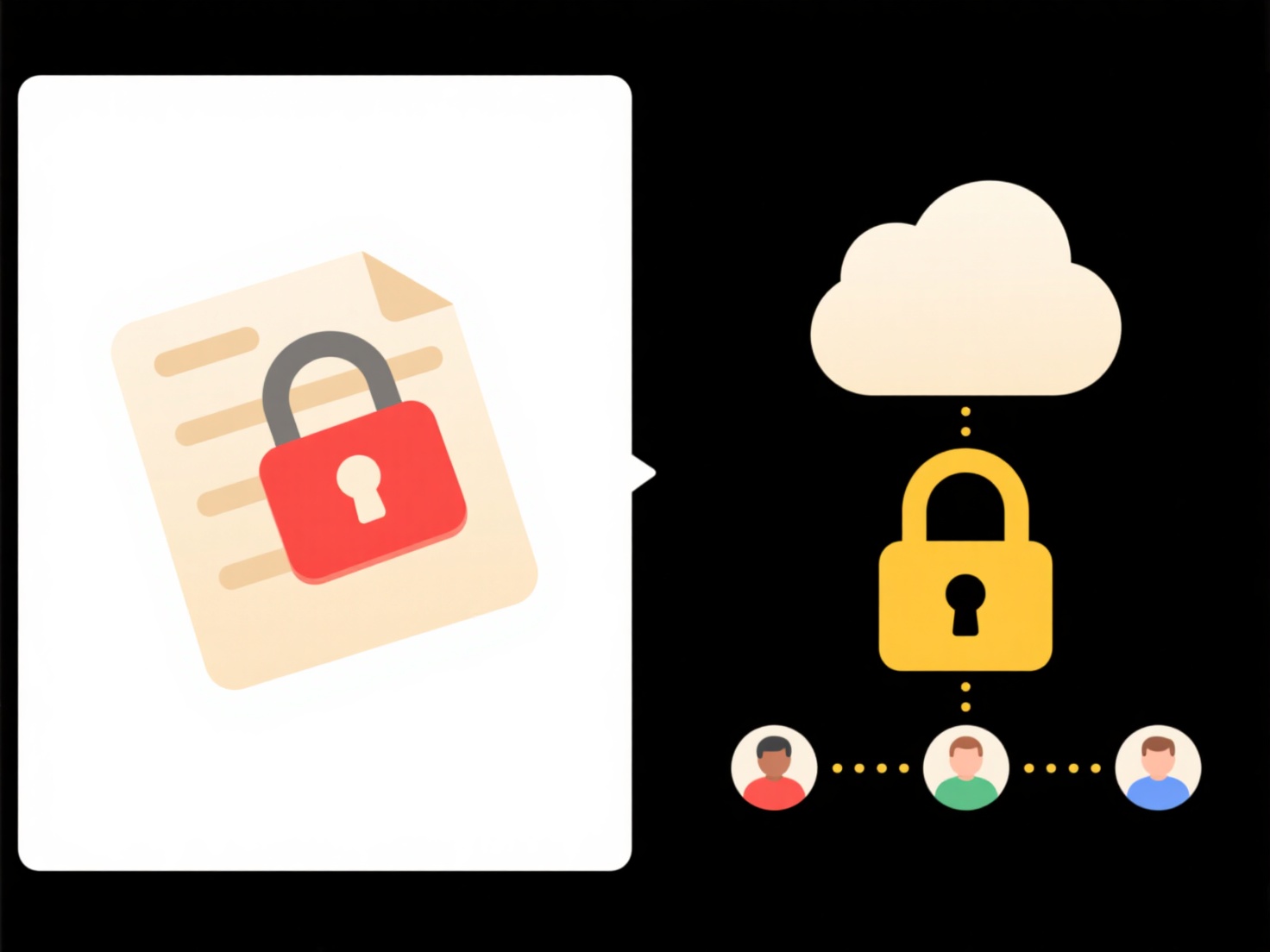
Accidental automated folder duplication occurs when scripts, software, or system processes unintentionally copy folder contents repeatedly. This differs from deliberate backup or mirroring as it happens without user intent, often due to configuration errors, faulty automation logic, or unexpected interactions between tools. Common causes include misconfigured sync rules, recursive loops in scripts ignoring existing copies, or scheduled tasks triggering unexpectedly.

For example, a user might configure a sync tool (like Rsync or cloud storage) incorrectly, causing it to duplicate a folder every time it runs instead of syncing changes. Alternatively, a poorly written batch script copying files might accidentally run multiple times or copy into the target directory instead of overwriting, recursively building duplicates.
Unintentional duplication wastes storage, clutters systems, creates version confusion, and can slow down processes searching paths. In sensitive contexts, it poses privacy/security risks by distributing data unexpectedly. Preventing it requires meticulous script design, testing automation rules, and using features like '--ignore-existing' or unique destination paths. Increased reliance on automation necessitates robust error checking.
Can folder duplication be automated by mistake?
Accidental automated folder duplication occurs when scripts, software, or system processes unintentionally copy folder contents repeatedly. This differs from deliberate backup or mirroring as it happens without user intent, often due to configuration errors, faulty automation logic, or unexpected interactions between tools. Common causes include misconfigured sync rules, recursive loops in scripts ignoring existing copies, or scheduled tasks triggering unexpectedly.

For example, a user might configure a sync tool (like Rsync or cloud storage) incorrectly, causing it to duplicate a folder every time it runs instead of syncing changes. Alternatively, a poorly written batch script copying files might accidentally run multiple times or copy into the target directory instead of overwriting, recursively building duplicates.
Unintentional duplication wastes storage, clutters systems, creates version confusion, and can slow down processes searching paths. In sensitive contexts, it poses privacy/security risks by distributing data unexpectedly. Preventing it requires meticulous script design, testing automation rules, and using features like '--ignore-existing' or unique destination paths. Increased reliance on automation necessitates robust error checking.
Related Recommendations
Quick Article Links
Why is Export not available in my software?
Export functionality may be unavailable due to your user permissions, current license level, or specific feature restric...
Can I restrict sync to work hours or specific schedules?
Schedule-based synchronization allows administrators to restrict when devices or users can automatically sync data, such...
What are the best practices for folder naming?
Folder naming practices are structural conventions that improve file organization and retrieval. They involve applying c...